



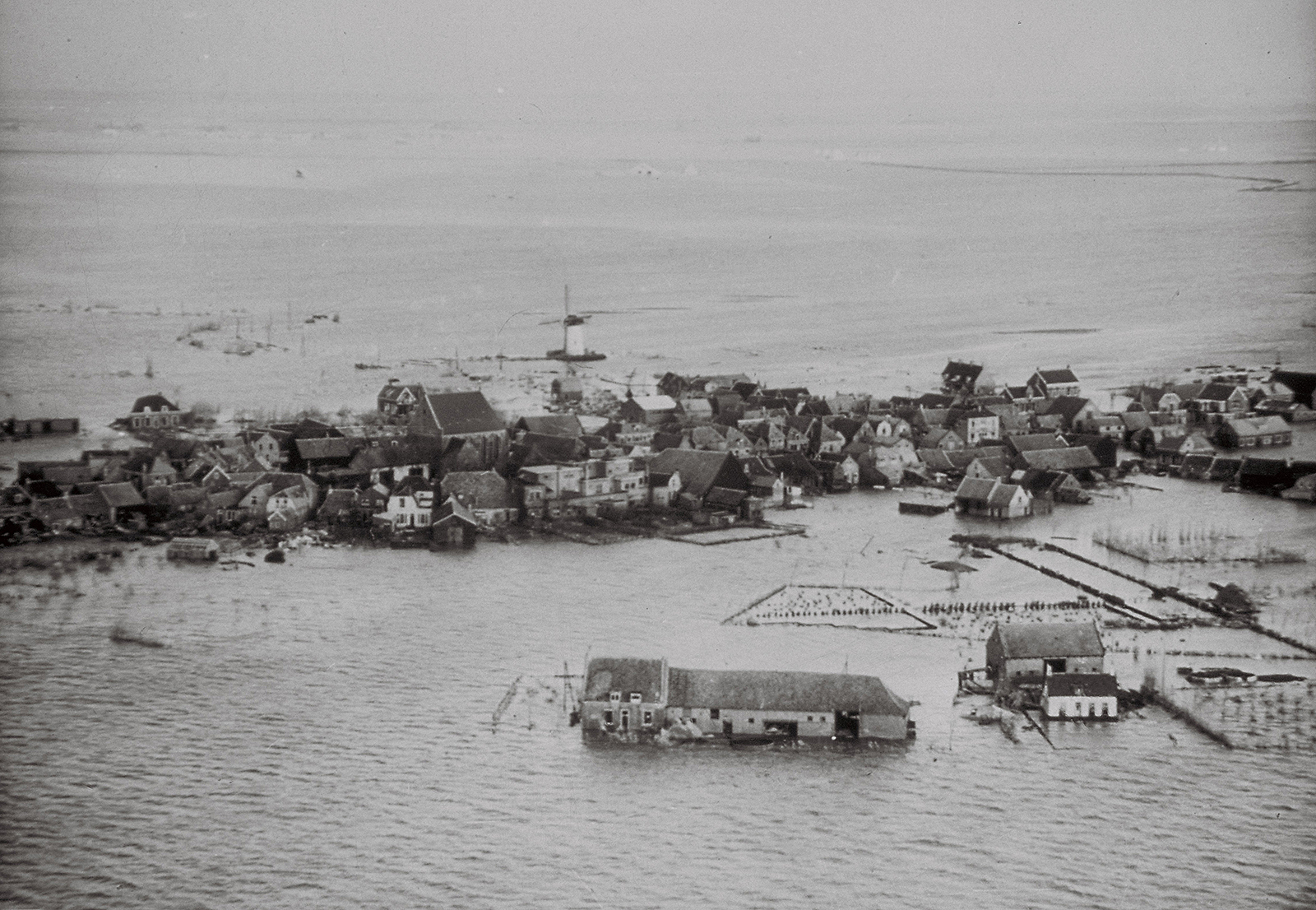
In the winter of 1953, a storm tide breached the dykes in more than 90 places in the south-west of the Netherlands. The devastating flood that followed claimed over 1800 lives and caused more than 700 million euros worth of damage. This catastrophe initiated the Delta works and an extensive reinforcement of existing dykes and levees, currently making the Netherlands the best protected delta in the world.
However flooding can never be ruled out completely. Around 59% of the Dutch land surface is prone to flooding including 26% that lies below sea level. In terms of consequences, floods are among the worst disasters that can hit the Netherlands.
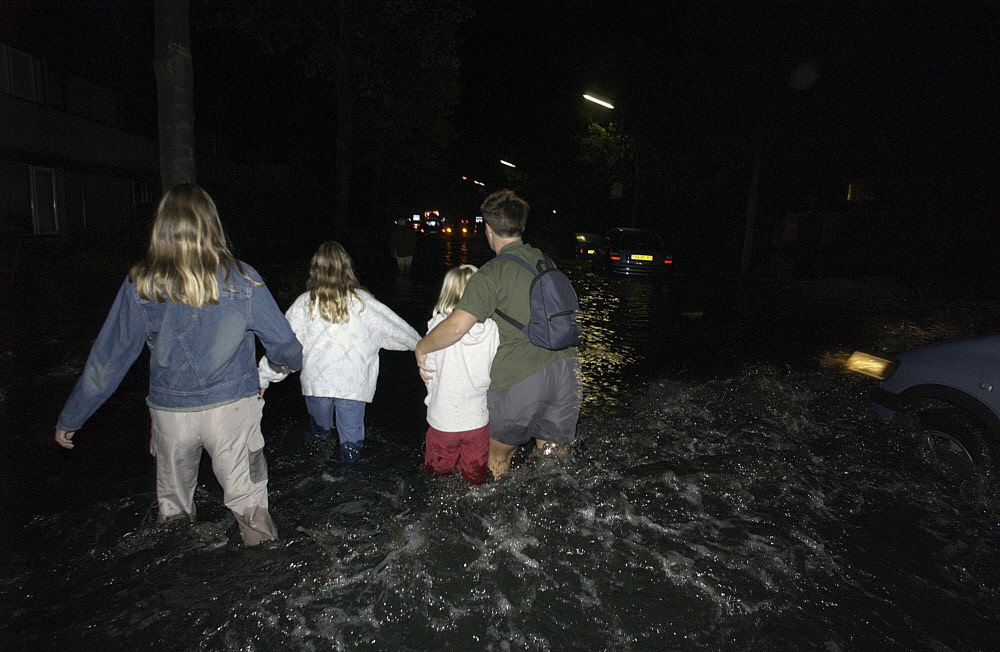
Although the probability of flooding may have been reduced considerably, it still remains. And the potential consequences would be huge. Since 1953, the Dutch economy has grown and its population has increased - almost 70% of which live in flood-prone areas.
The scale of disruption and devastation, therefore, would be much larger than 60 years ago. Floods in the densely populated Dutch delta may cause many thousands of casualties and hundreds of thousands more would be affected in some way. The breakdown in transport, energy and communication infrastructural networks would further increase the disruptive impact. And risks will only increase, due to climate change and the continual growth in the economy and population.
To cope with these future risks, Dutch government has developed a new flood risk management policy which focuses on two goals:
The combination of protection and management is known as the multilayered safety concept.
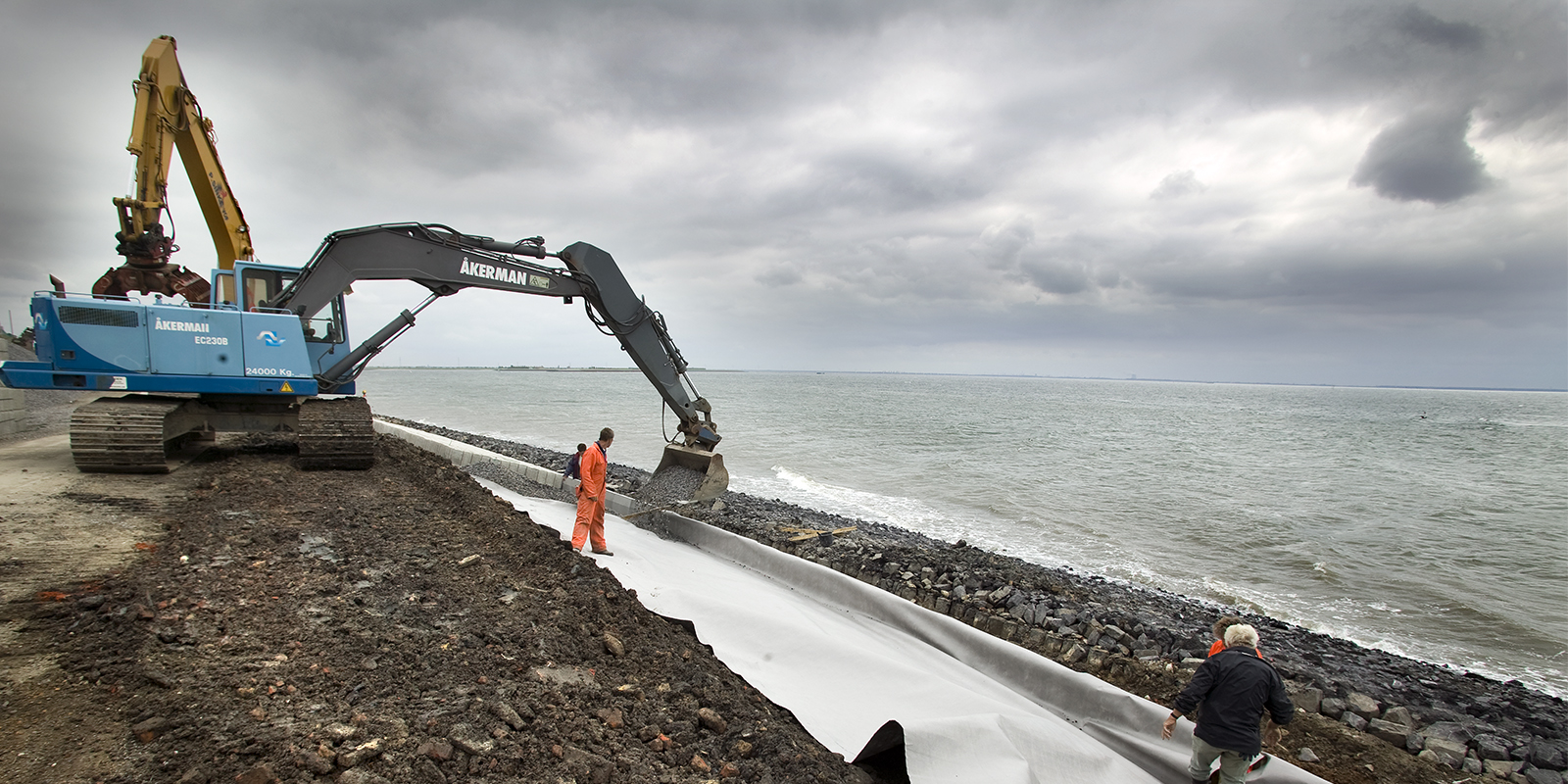
In the coming decades, a large number of dykes and levees will be reinforced. At selected locations, they must comply with an even higher protection standard because of the large number of potential casualties in those areas.
As a result, the probability of breaches will be reduced considerably, and the probability of flooding due to overtopping will increase. If a dyke or levee does not breach and flooding is limited to overtopping, the size of the exposed area will be limited; there will be less damage, but, above all, the potential number of casualties will be reduced considerably.
To finance all these reinforcement and maintenance efforts, Dutch government has set aside an annual budget of around 1 billion euros. The Delta Fund budget 2016-2028 for reinforcement and maintenance of dykes and levees is a total of 15.2 billion euros. Around 60% of this budget will be used for additional reinforcement.
Overtopping reduces the area flooded but above all the number of potential casualties. For example, in the case of Southern Flevoland, overtopping about halves the area that would be flooded in the event of a breach, while the number of potential casualties will be reduced by around 95%. Southern Flevoland is a 430 km2 large polder bordering the IJsselmeer, inhabited by 200,000 people.
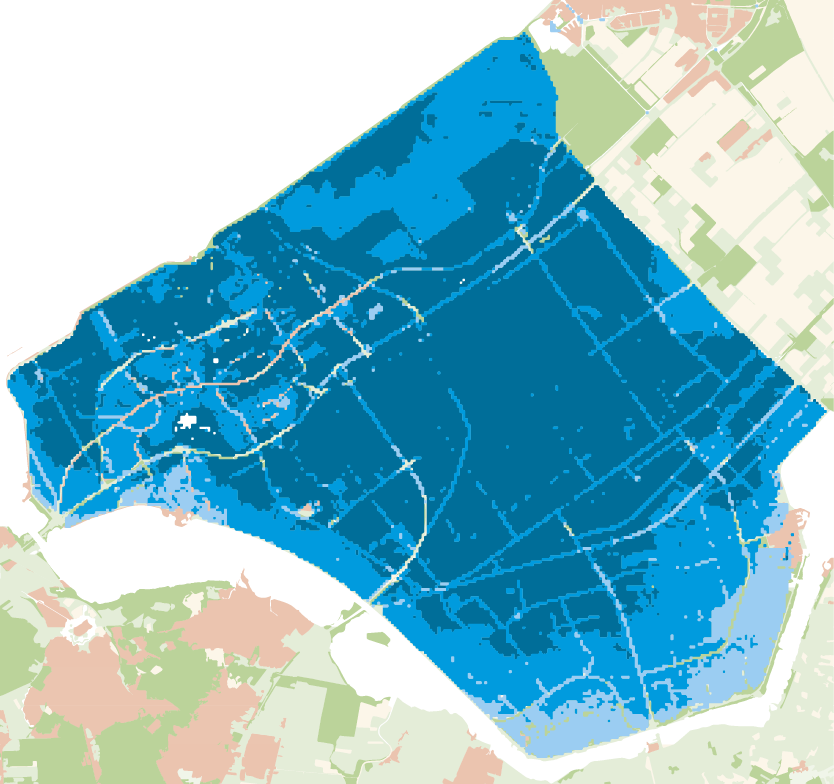
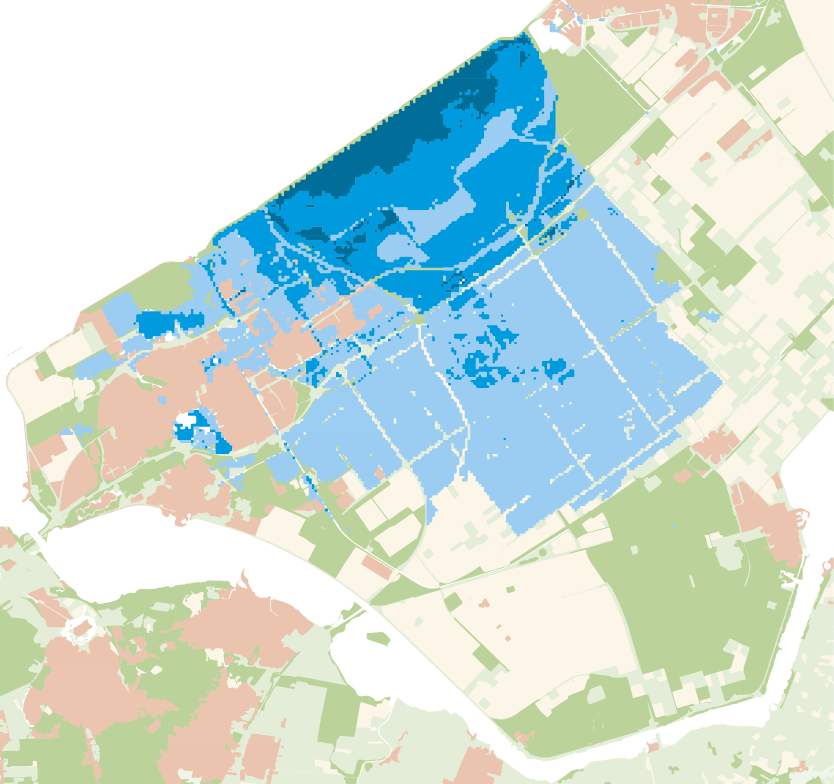
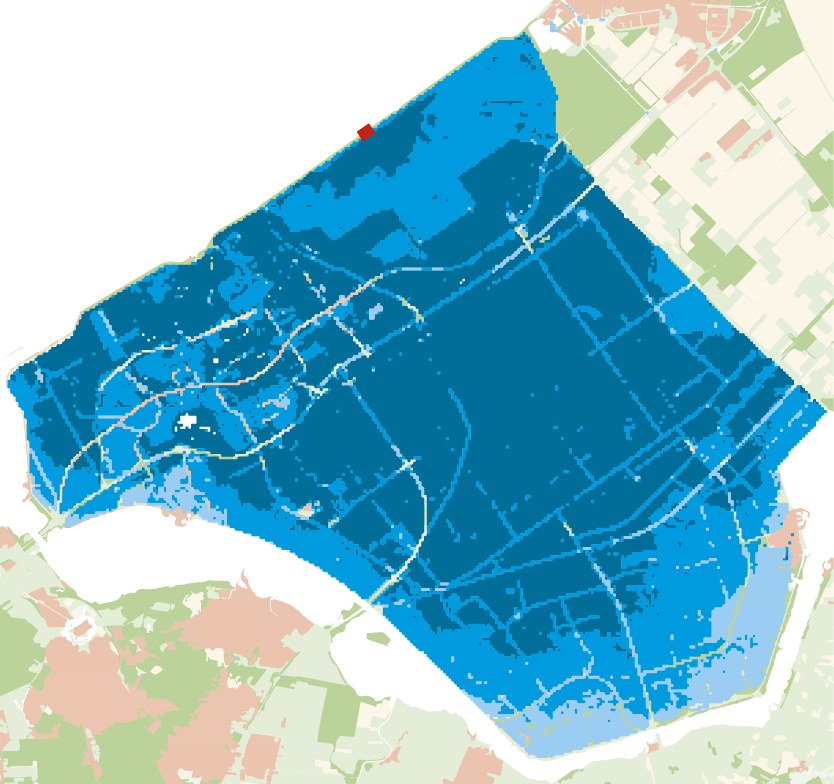

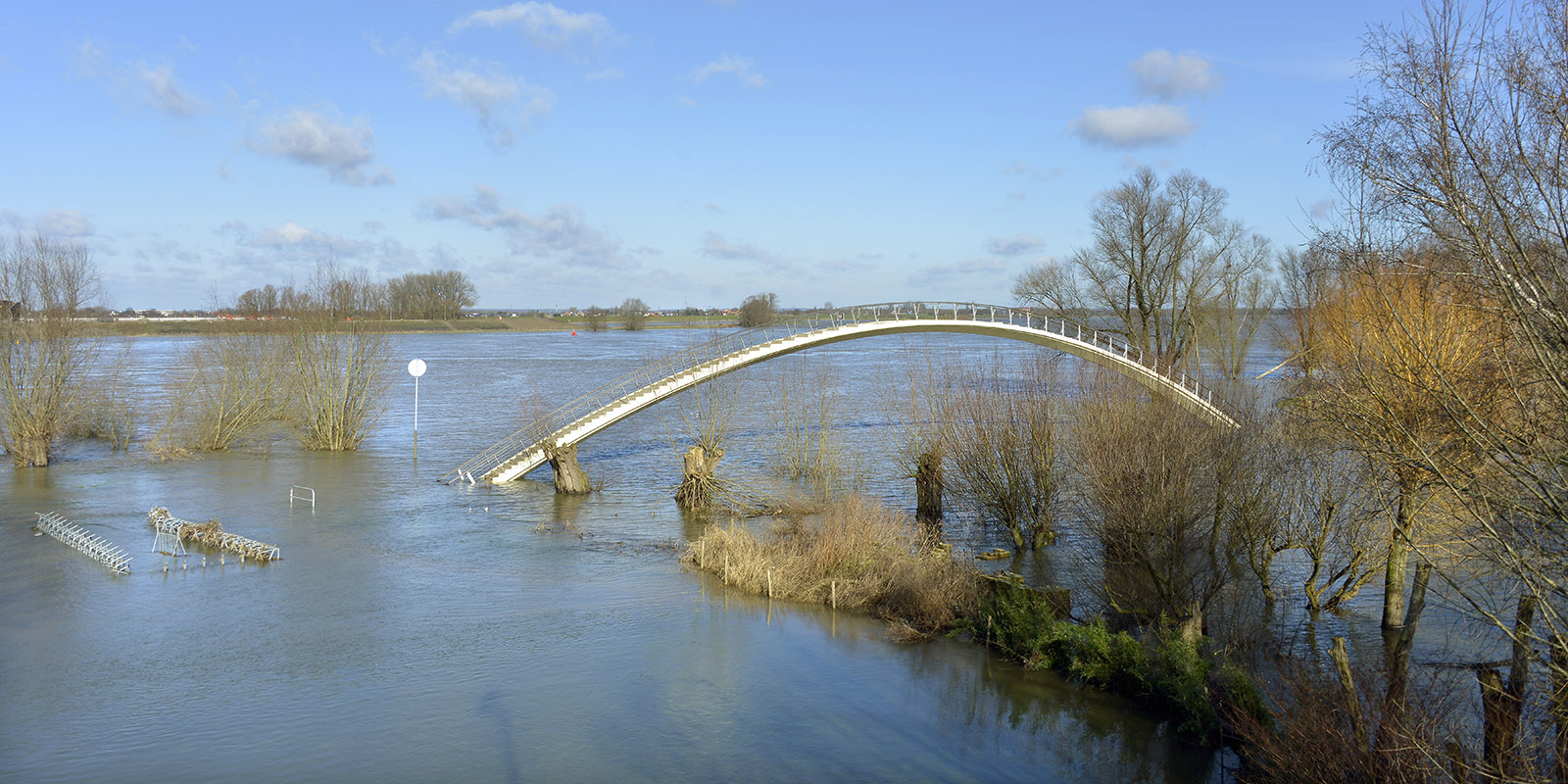
An additional way to reduce the number of casualties is that of smart evacuation. If flooding is imminent, often there will be sufficient time to evacuate all inhabitants out of the endangered area. But there may also be times when this is not the case…
Most people will jump into their cars instinctively in an attempt to find safety elsewhere. But they run the risk of getting stuck in even more dangerous locations. However many people would be able to shelter safely in their own homes, on one of the upstairs floors. And if their homes can not provide safety, in many cases other places of shelter can be found in public buildings or office buildings in the vicinity. Although not yet the standard, new public buildings could be designed in such a way that they could serve as flood-proof shelters. This could be achieved for instance, by building them on elevated ground.
In case of flooding, around one third of the population of Utrecht, the fourth largest city in the Netherlands with around 330,000 inhabitants, can safely shelter in their own home. However with the use of additional flood-proof structures in the vicinity, such as public buildings and offices, around 80% of the Utrecht population would be able to find shelter.
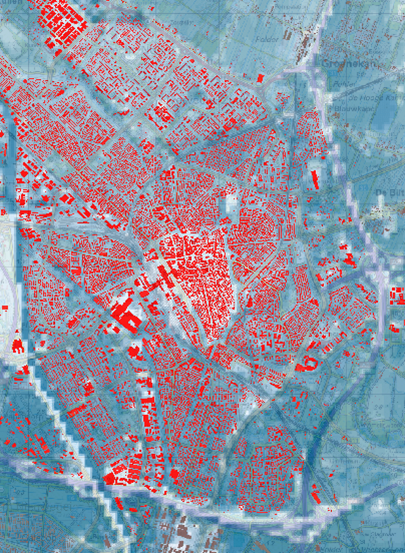
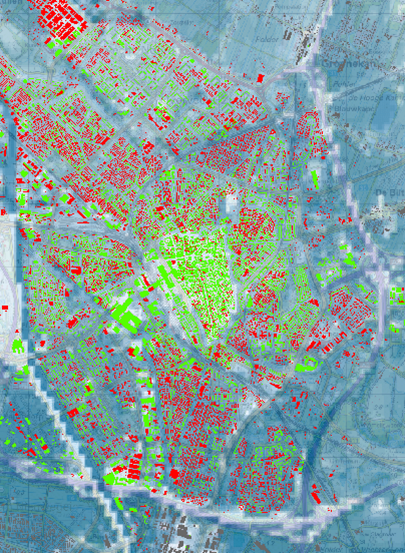
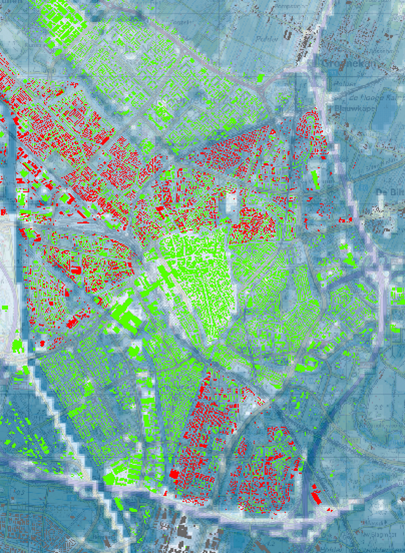
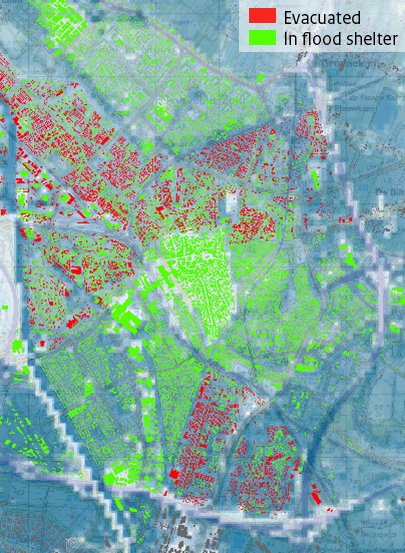
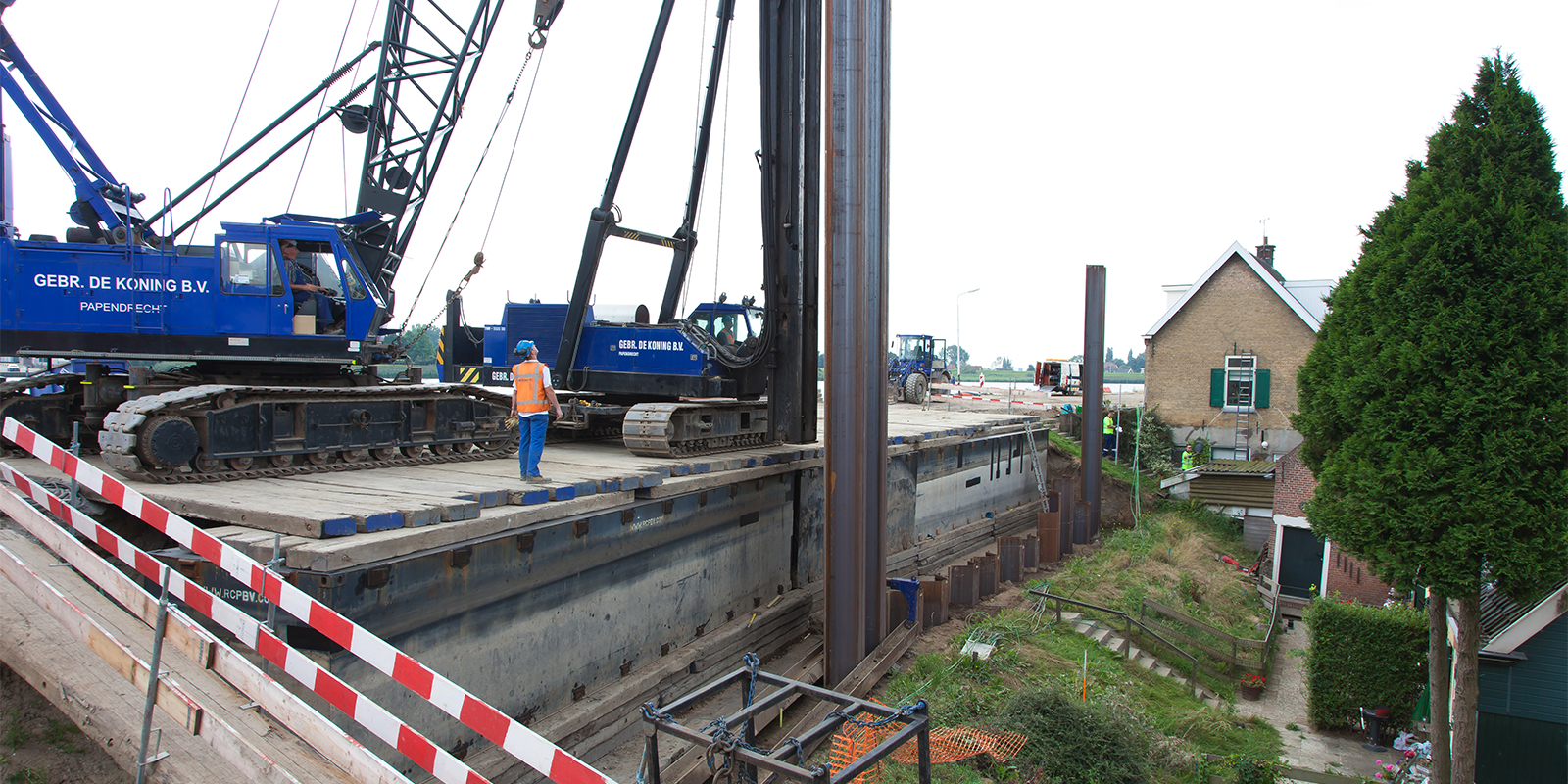
Focusing on reducing the number of casualties is a relatively new aspect of Dutch flood risk management policy. This will require adjustments in spatial planning and contingency measures, as well as the reinforcement of dykes and levees. Some of those changes will take decades to be implemented. Others have already begun or could be put in motion in the near future to decrease the large consequences of flooding in the Netherlands, however low its probability.